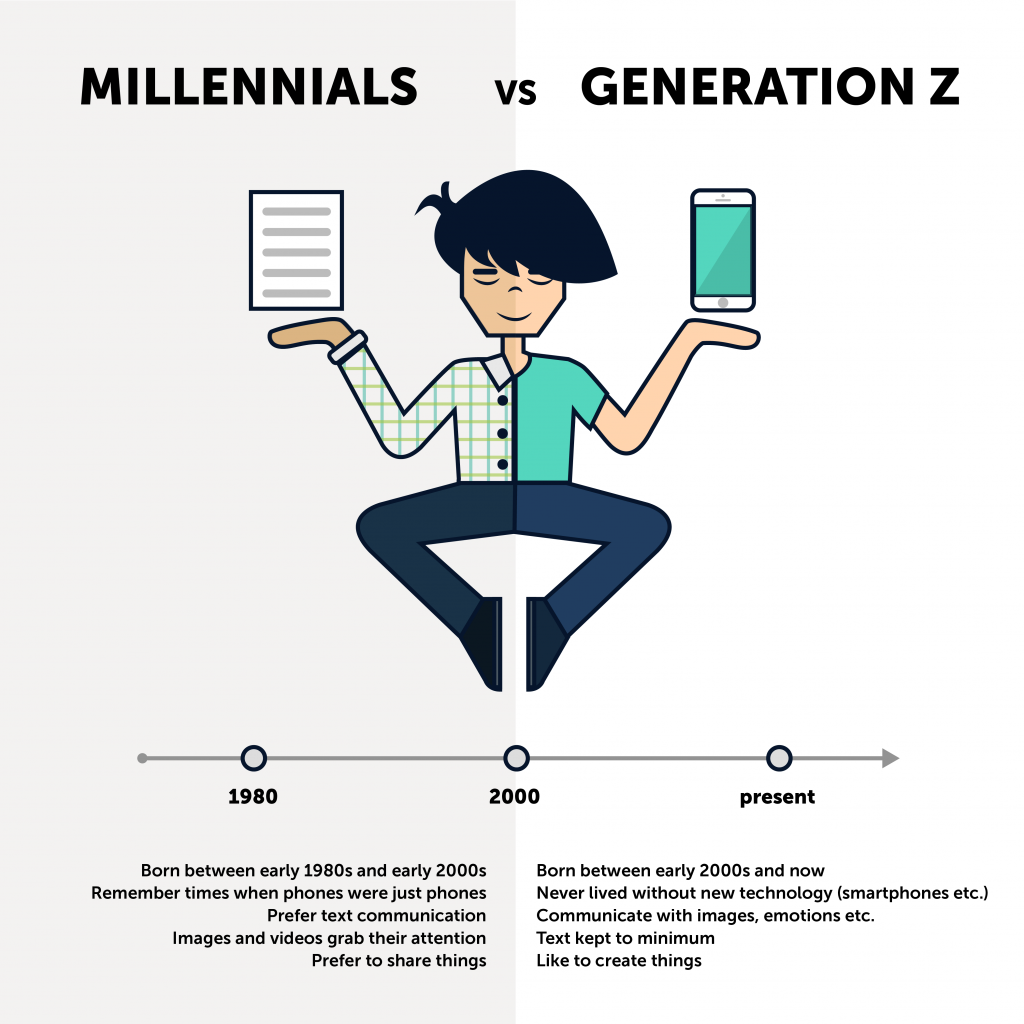Christmas is sadly over. We’re in 2017 now. It’s time to think ahead.
As is tradition, did you create a New Year’s resolution list? If so, why not add ‘amplifying my video marketing’ to it. Read on to explore why and how.
Make live and real-time sharing your priority
Every social media channel now has a live video broadcasting feature. Just a few days ago Twitter became the first platform to launch live 360 videos.
The ongoing updates to social channels show that live video is in demand. It has been for some time. Back in 2016, Facebook’s Mark Zuckerberg commented: “We’re entering this new golden age of video. I wouldn’t be surprised if you fast-forward five years and most of the content that people see on Facebook and are sharing on a day-to-day basis is video.”
How can you make the most of live sharing? Simply put, try to share live videos whenever possible. If you work in an industry where rights are limiting your options, like sports, be creative. Remember that people love to see “behind the scenes” content.
Some ideas about what to broadcast live:
- Clips from training sessions (especially players having fun and competing in challenges)
- Arrival at the sports ground, just before a game
- Live interviews with players, coaches or other staff members. Each one of them will have a story to tell that fans will love to hear
When live broadcasts are not possible, try sharing key moments in near real-time. For example, quickly piece together and share the best penalties from a penalty shot challenge. Short, to the point videos will always be something your audience will enjoy.
Think like a Millennial
In the US, Millennials now form a quarter of the population. They are a major part of all markets globally.
When thinking about your video marketing in 2017 take Millennials’ traits into account. Even if you find these traits too generic, some are true and will help you create relevant content.
Keep checking our blog for posts on how Millennials consume online videos (coming soon!).
It’s high-time to start thinking about Generation Z, too
Generation Z is important because they’re the first to have technology so available at such a young age. For example, my 8-year-old nephew has a smartphone and it’s like it is part of his body. The internet has a major impact on how he communicates, learns and lives in general.
Right now, these people are young. But they already have their favourite sports, athletes or actors. Just like we all did. The difference? They generally consume far more information than any generation before. You need to take them into account. Share content that will be informative and relevant to them because it can pay off in the future.
Personalise, segment and micro-target your content
The amount of information on the internet can seem overwhelming at times. And it will only grow in 2017. People don’t want to have to cut through the clutter to get to what they want. We all expect the technology (and brands) to show us only what’s relevant to us.
If you’re a marketer at a global sport club or at TV channel, your audience will be enormous. It can be smaller if you’re promoting a niche sport. In both cases, you should be able to segment your audience into two or three smaller groups, and create more relevant content.
For example, do you have fans from different countries? Try sharing something in other languages. For the sports industry, it could be an athlete saying something simple in a different language. I bet fans would love that!
While ‘Be mobile’ and ‘video on the rise’ could be stating the obvious, I’ll not cover the same ground here. But when thinking like Millennials, or targeting other segments, some common characteristics will feature. You’re likely to engage with mobile users and people who are more video minded than average.
So, add ‘amplify video marketing’ to your New Year’s resolution list and get people engaged.




